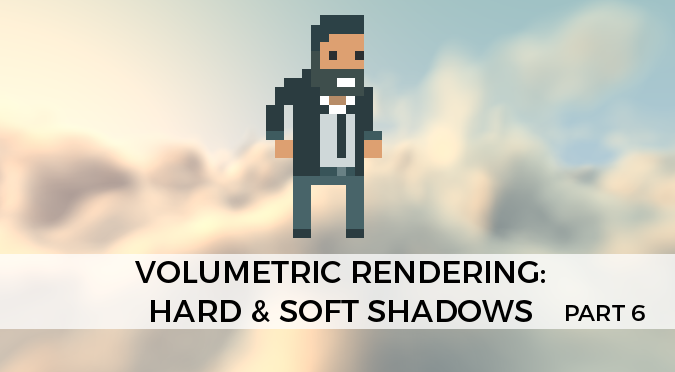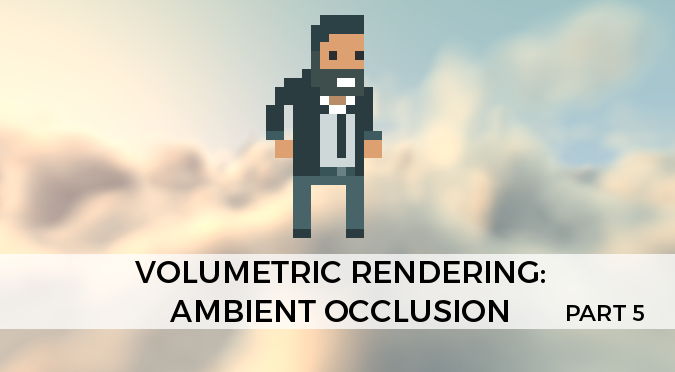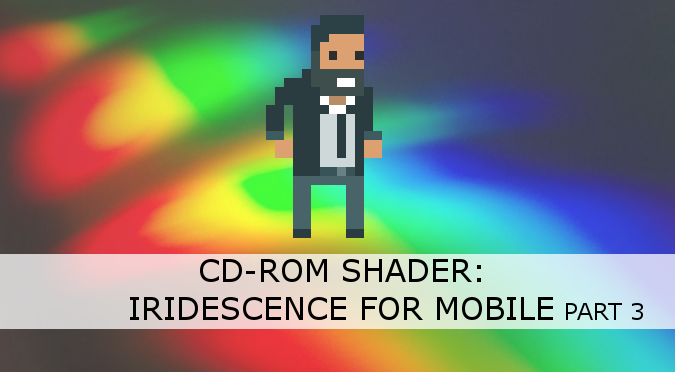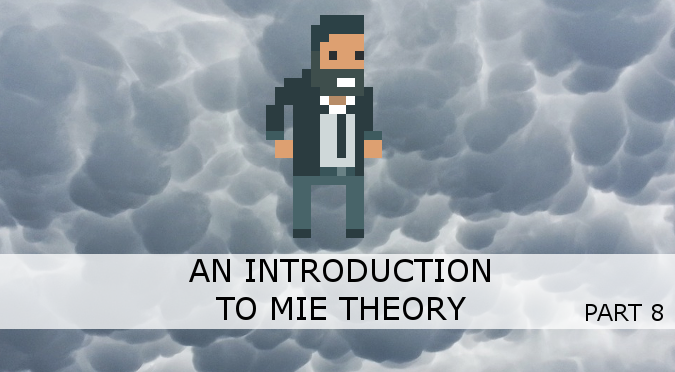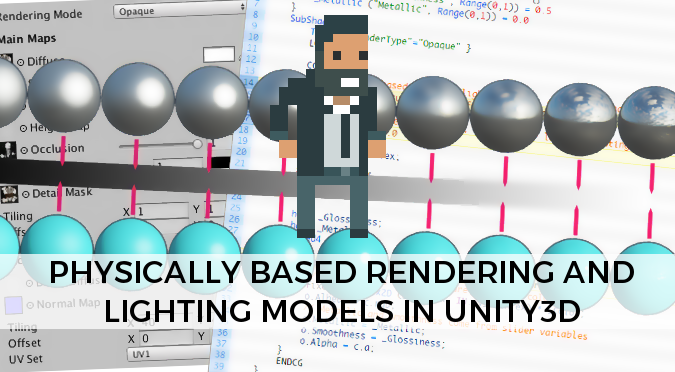
Part 1, Part 2, Part 3, Part 4, Part 5, [download the Unity3D package]
Why is it colder at the poles and hotter on the equator? This question, which seems completely unrelated to shaders, is actually fundamental to understand how lighting models work. As explained in the previous part of this tutorial, surface shaders use a mathematical model to predict how light will reflect on triangles. Generally speaking, Unity supports two types of shading techniques, one for matte and one for specular materials. The former ones are perfect for opaque surfaces, while the latter ones simulate objects which reflections. The Maths behind these lighting models can get quite complicated, but understanding how they work is essential if you want to create your own, custom lighting effect. Up to Unity4.x, the default diffuse lighting model was based on the Lambertian reflectance. Continue reading


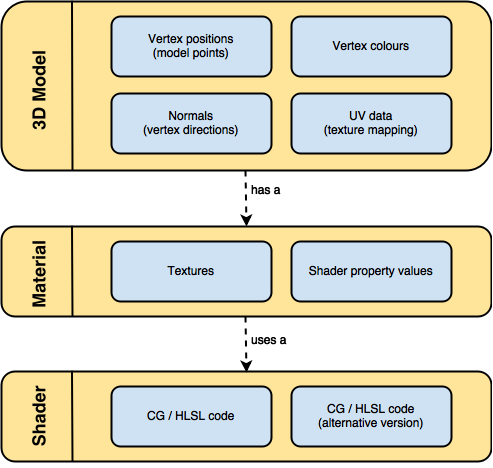

 Unlock with Patreon
Unlock with Patreon
